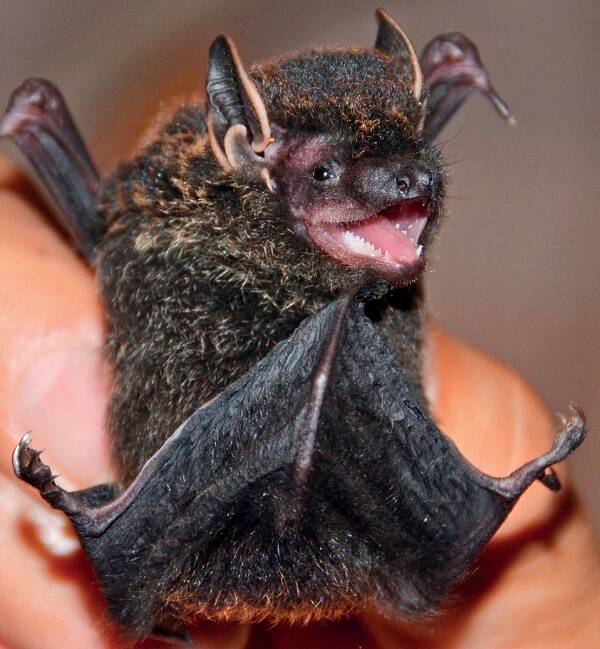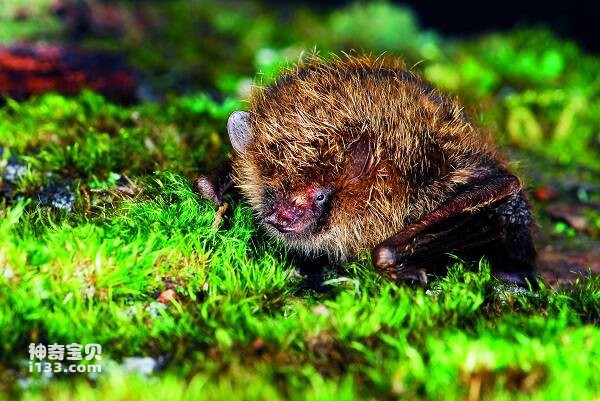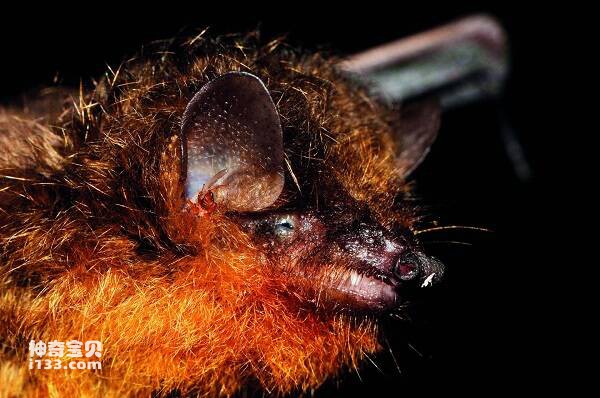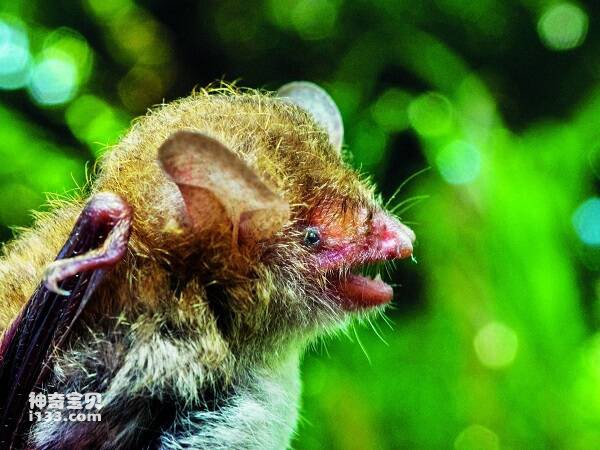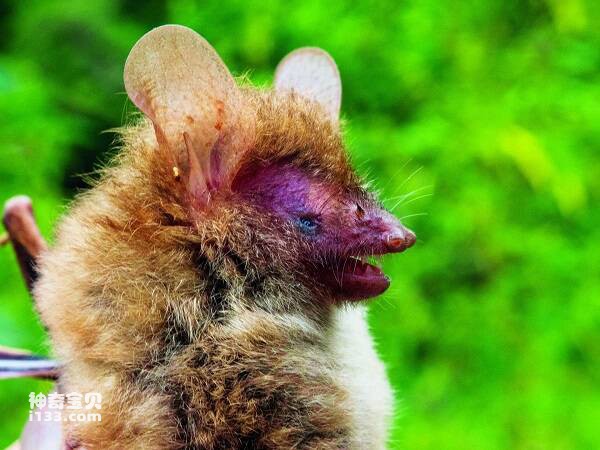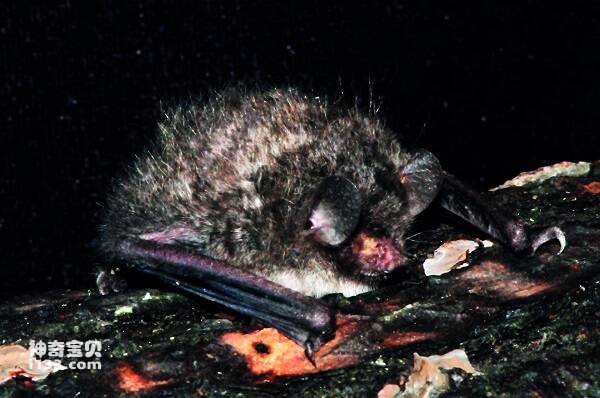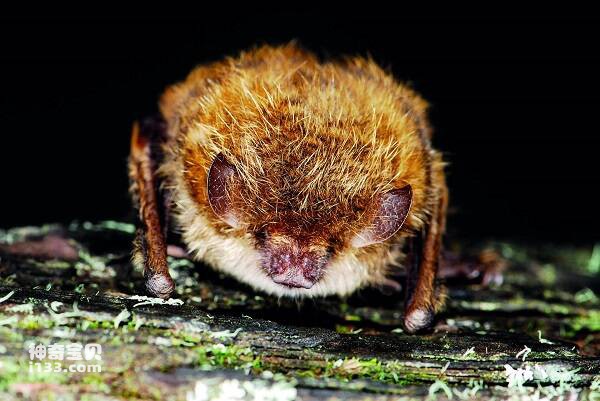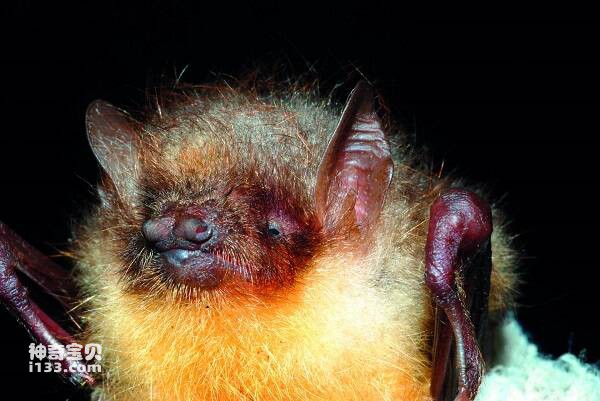Pipistrellus circumdatus
IUCN
LCBasic Information
Scientific classification
- name:Pipistrellus circumdatus
- Scientific Name:Pipistrellus circumdatus,Arielulus circumdatus
- Outline:Chiroptera
- Family:Chiroptera batidae Pipistrella
Vital signs
- length:46-58mm
- Weight:9-12g
- lifetime:
Feature
The body hair base is bright black, the back hair tip chestnut brown or rusty brown, with a bronze luster.
Distribution and Habitat
In China, it is mainly distributed in Yunnan and Guangdong. It is mainly distributed abroad in Indonesia, Malaysia, Cambodia, Thailand, Myanmar, India and Nepal.
Appearance
Medium size. Head length 46-58mm. Forearm length 39-44mm. Similar to the brown bat, but with a wider and shorter snout and distinctive coat color. Snout covered with short, thin hairs. The ears are medium, the tips of the ears are blunt, dark brown and black, and some specimens are pale to white at the front and back ear edges; The tragus is broad, resembling higher Pipistrella, with pale edges, less than half the length of the ear, blunt or slightly pointed ends, slightly convex front end, and slightly concave rear end. The fifth finger is longer, and its fingertips are close to equal or exceed the sum of the length of the fourth metacarpal bone plus the first knuckle. The thumb is large, and the claws are 8-9mm long. The penis bone is small, inverted "Y" shape, the base is forked, and the rod is short. The hair length is medium and dense, the back hair is black, the tip is a little orange, and the head and back are almost orange luster; The abdomen is uniform brown, lighter
Details
Pipistrellus has previously been classified as <Pipistrellus> by Heller & Volleth (1984) as <P. societatis>, However, both Hill & Francis (1984) and Corbet & Hill (1992) considered it to be an independent species <P. circumdatus>. Csorba et al. (1999) separated it from Pipistrella and established the genus Arielulus. Wang Yingxiang (2003) assigned the Chinese specimen to the Dulongjiang subspecies <A. c. drungicus> (Wang,1982), but Wilson (2008) suggested that it was only slightly different from the named subspecies in dental characteristics and could be considered as monotypic until more thorough geographical differences were studied.
The big black Pipistrella is an insectivorous bat with a frequency modulated ultrasound. Reports from Nepal and Myanmar were collected from the warm evergreen forest or virgin forest at an altitude of 1300-2100m. The specimens from Yunnan were collected from 1984 to 1986 at an altitude of 1750-2000m near a reservoir or a stream, while the specimens from Nanling in Guangdong were collected from a forest road at an altitude of 1000m near a large stream and a reservoir formed by intercepting the stream. In the Yunnan specimen, a subadult body was found in July.
